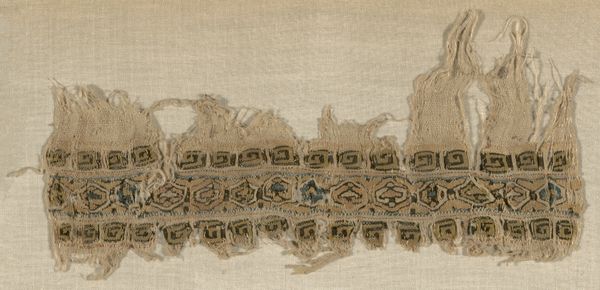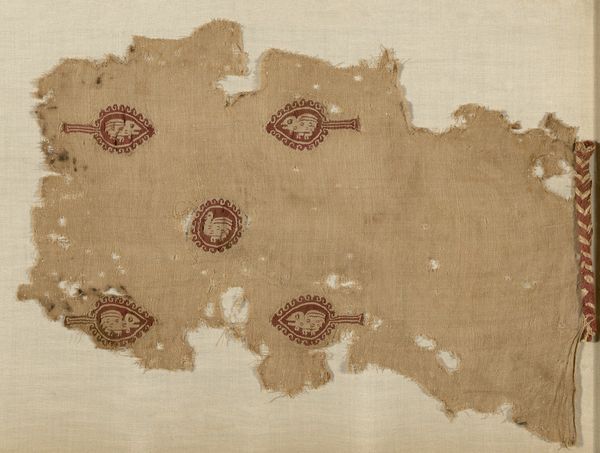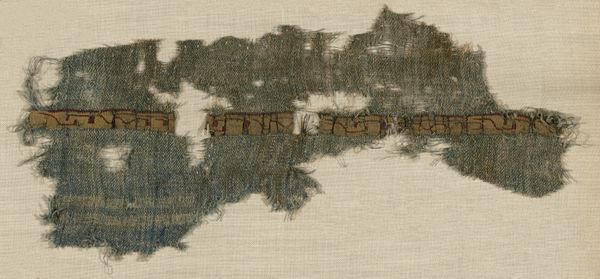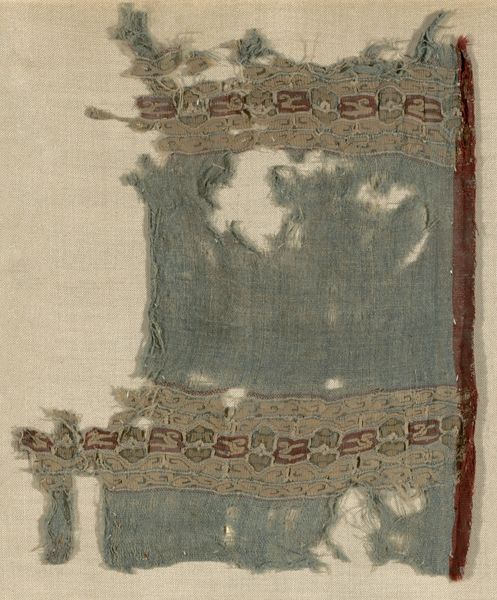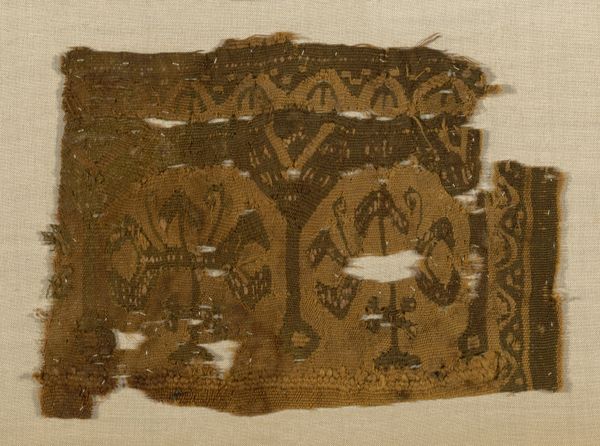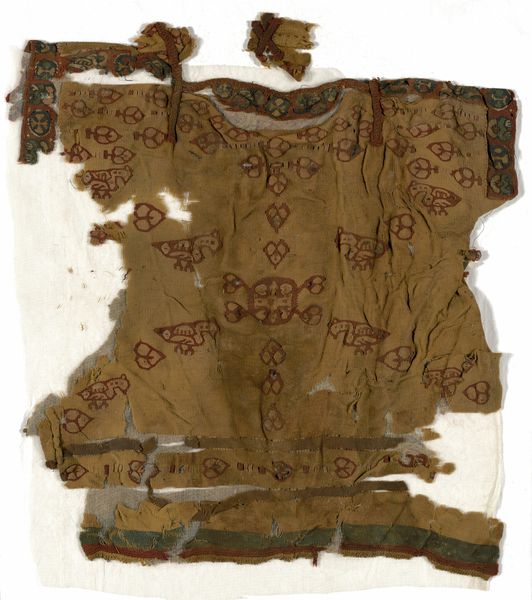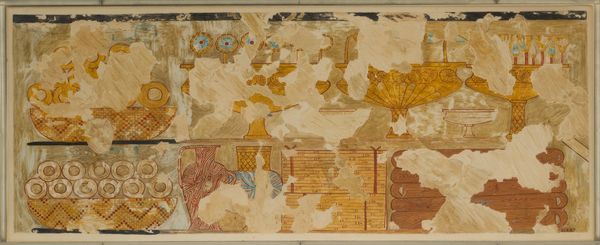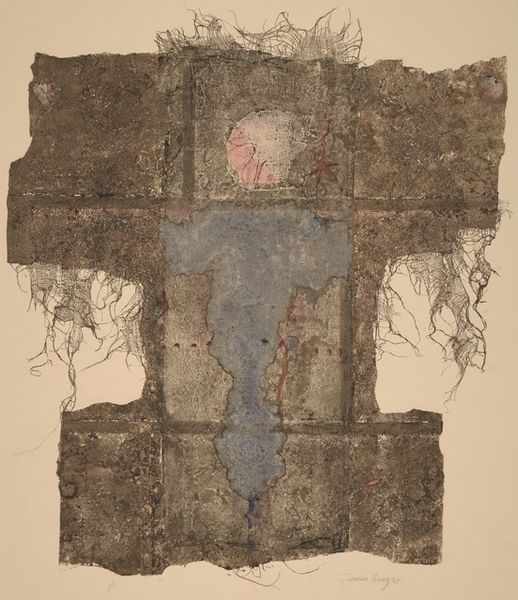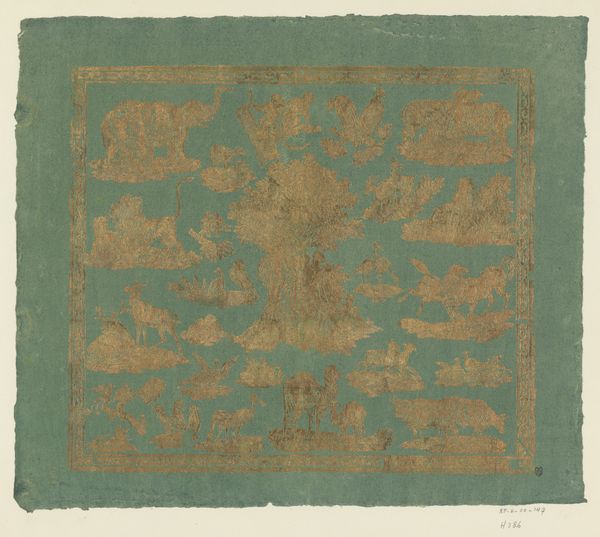
Fragment Ayyubid period (1171–1250)/Mamluk period (1250–1517), 13th/14th century
0:00
0:00
weaving, textile
#
medieval
#
weaving
#
textile
#
islamic-art
Dimensions: Warp: 20.5 × 48.9 cm (8 × 19 1/4 in.)
Copyright: Public Domain
Curator: Before us is "Fragment," an intriguing textile held at the Art Institute of Chicago. The museum attributes its creation to either the Ayyubid or Mamluk periods, placing it sometime in the 13th or 14th century. Editor: Well, it looks like it’s been through quite the journey. All those tattered edges speak volumes, don't they? There’s a poignant quality to seeing the raw materiality exposed like that. Curator: Absolutely. The fact that it's a fragment offers clues about the art world and marketplace. Preserved by someone, likely of means. A full textile of this nature would be quite valuable, imagine it within a larger artistic and political narrative of medieval Islam! Editor: Speaking of value, I'm curious about the process of creating these weavings. How were these patterns achieved? It’s easy to overlook the intense labor woven, quite literally, into such pieces. What were the social implications and structures underpinning the creation and ownership of these textiles? Curator: These workshops producing textiles operated within distinct social hierarchies, with skilled artisans at the top. Certain textile patterns had strong links with the governing class and would make their way into the royal courts. We also know the designs and colors were far from arbitrary—they signified status, allegiance, or even specific religious affiliations within the wider society. Editor: Yes, it's the relationship between the raw material, the skilled artisan, and those in the Royal court that makes this piece so interesting to me! The details! I see some very intriguing patterns and textures embedded into this aged textile, could they communicate anything in specific? Curator: Given the era and geographical context, its design could feature various symbolic motifs common in Islamic art. Geometric patterns, stylized floral elements, and, quite possibly, inscriptions carrying blessings, praise or other invocations. Editor: It all highlights how art serves not just as an aesthetic expression but also as a potent record of labor and socio-political interplay. Seeing these small decorative devices placed systematically on this fragment, truly gets you wondering who wove it. What was the commission? Curator: Indeed, this small fragment speaks volumes when one listens closely, a whisper of the past that deserves our continued research. Editor: A past of weaving and power we get to appreciate here today.
Comments
No comments
Be the first to comment and join the conversation on the ultimate creative platform.

